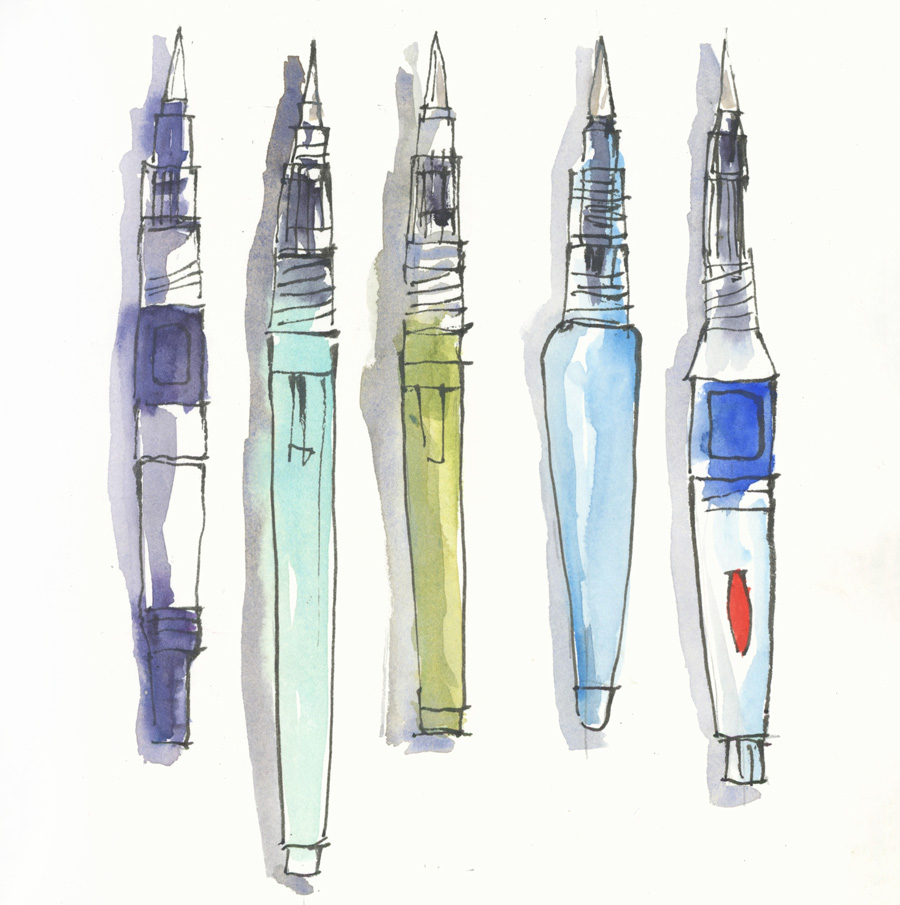
I’ve been using a water brush for two weeks now and I’m really happy that I decided to do this challenge. There is no doubt that I’m missing my dagger brush but I know that it will be really good down the track to develop my techniques using waterbrushes.
I chose the large Pentel Aquash water brush to test initially as this is the brush I’ve used in the past. But I’ve also done some basic tests with the other brands as it turns out that I have quite a collection.
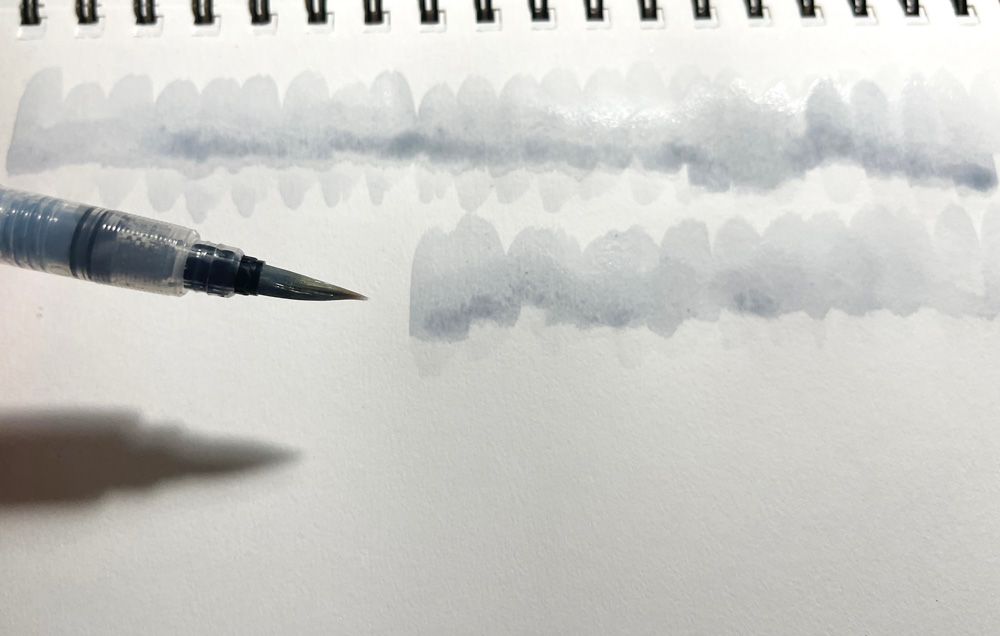
All water brushes release a small amount of water into the bristles while you are working plus the option of squeezing the barrel for more water.
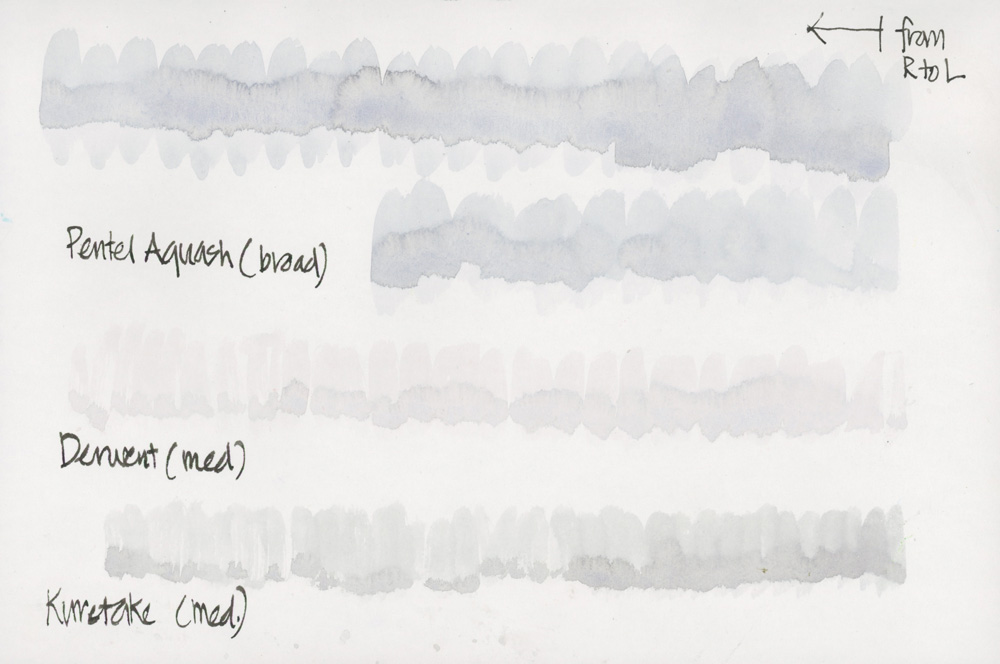
I did this test to find the wettest brush (without any squeezing) using a little grey watercolour wash in the barrel.
While you can vary the amount of water in a stroke by varying your speed (the faster the drier the mark) this test showed that the Aquash is the wettest and the Derwent water brush is the driest.
As I like to use a lot of water in my watercolour washes (more water = more pigment parties) I feel most comfortable using the Aquash but there have been times in the last two weeks when I’ve momentarily had too much water on the page. But overall for my way of watercolour sketching, I think it’s better to have more water than a water brush which is too dry.
A number of you mentioned that you prefer water brushes that have a plug/valve in the barrel as it controls the water better (the Kuretake brush in the above test was one such water brush). The Pentel Aquash is not one of this type but I will be trying the Kuretake in the coming weeks. In the past, I thought that these types of water brushes were too dry for my use so I’m interested in whether I find this still to be the case.
Controlling the water in the brush
At the moment I’m liking how wet this Aquash brush feels but I have to adjust my normal painting techniques in two ways to control this wetness:
- I’m adding more pigments to my washes – making them ‘juicier’ to use a Watercolour term and I’m also taking paint directly from the pan (which is moist) more than usual.
- I’m constantly blotting the brush and holding it upright (bristles at the top) to reduce the wetness.
Surprisingly the second technique took a few days to work out!
My usual practice these days is to sit on a bench when I sketch. I have my sketchbook on my lap, my water container and cloth on the bench next to me (on the left) and I hold my paint tin in my right hand. Blotting my water brush wasn’t working in this setup as the brush was vertical and still releasing water into the bristles. On the first day of using my water brush, I had to put my palette down and then use two hands to blot the brush.
Next, I found myself wiping my brush on my hand instead of using my cloth.
And then I realised the solution was to go back to a wristband arrangement!
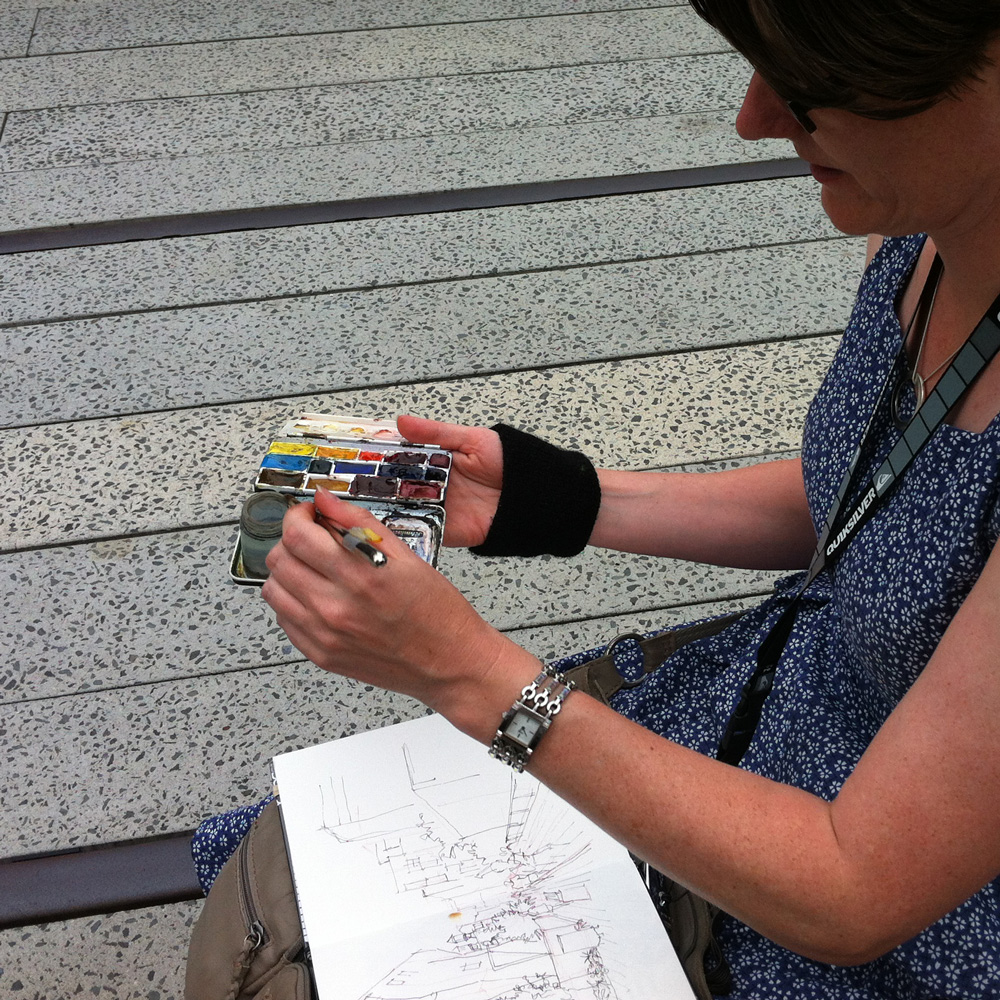
In my early days of urban sketching I used to use a black wristband (I got the idea from Kate Johnson who used an old sock) but as my watercolour technique became wetter this no longer worked for me (it got too wet and messy!) These days I use a microfibre cloth that absorbs moisture and dries quickly.
All I had to solve the vertical blotting problem was to loosely wrap my cloth around my hand.
Controlling the water in the waterbrush is much easier now!
Adjusting my watercolour washes
Overall I’m very pleased with the vibrancy in most of my waterbrush sketches.
In the past, I’ve always thought that a waterbrush led to weak flat washes, but I’ve been easily able to adjust and make my washes juicier. There is nothing wrong with these swatches!
A natural hair or synthetic sable normal brush without doubt produces more lively pigment parties but I have been happy with what I’ve been able to achieve so far at home. Such as this teacup sketch that I shared last week…
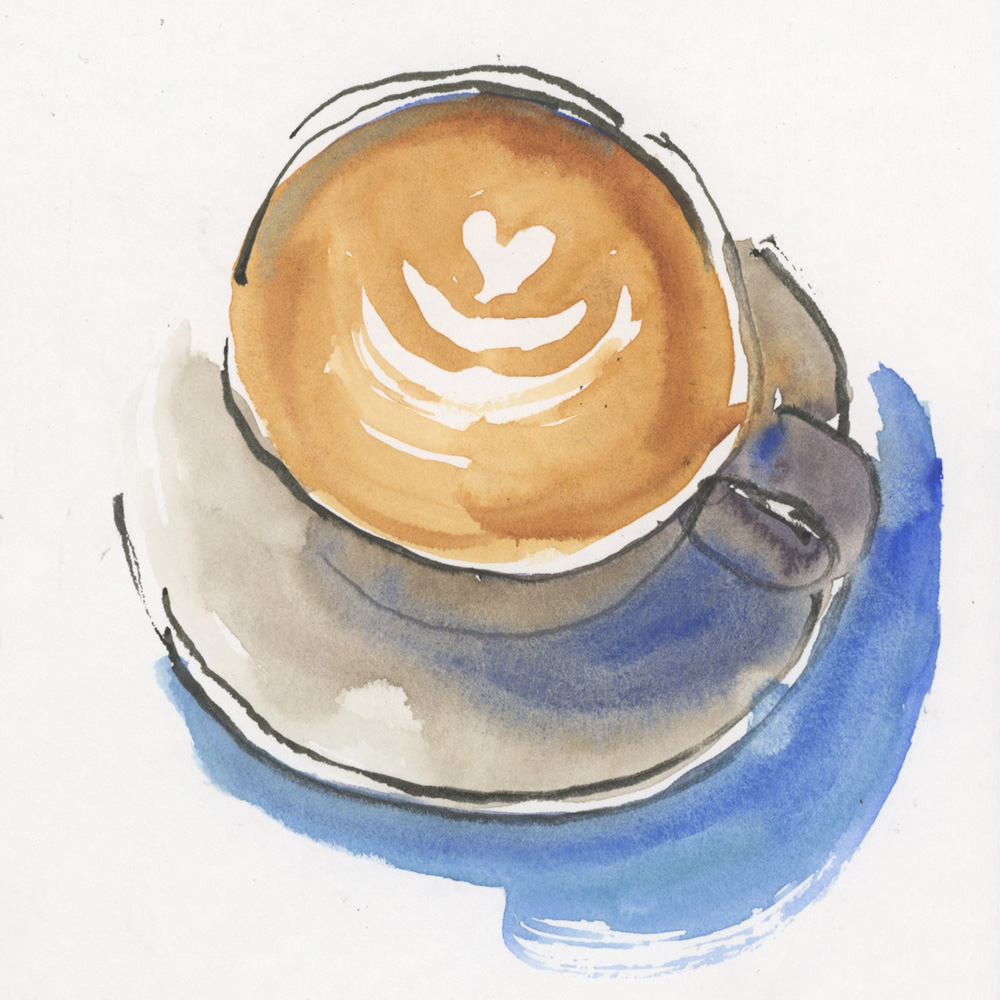
And this one of a Goodfield coffee (done with some Aquarius paints – but that’s a topic for a future article!)
But I have found it harder to get good results when I’m out on location sketching scenes!
When I’m urban sketching my focus is story, composition, values and interactions with people walking past and I rely on my ‘muscle memory’ for mixing. The amount of pigment in my washes that I instinctively mix when I use my dagger brush is not enough for water brush usage. So as a result some of my washes in recent urban sketches were a bit dull. I know that it will just take me a little more practice to re-train my muscle memory and get better results.
The above sketch was done while having a running conversation with a lovely family from Phoenix and so I was totally relying on my reflex painting skills. After they left I had to add a few additional juicy washes in some areas as the washes had dried a bit flat.
Brushstrokes
After learning how to better control the wetness in the brush and more consistently increase the pigment in my washes I then started thinking about the brushstrokes a water brush produces.
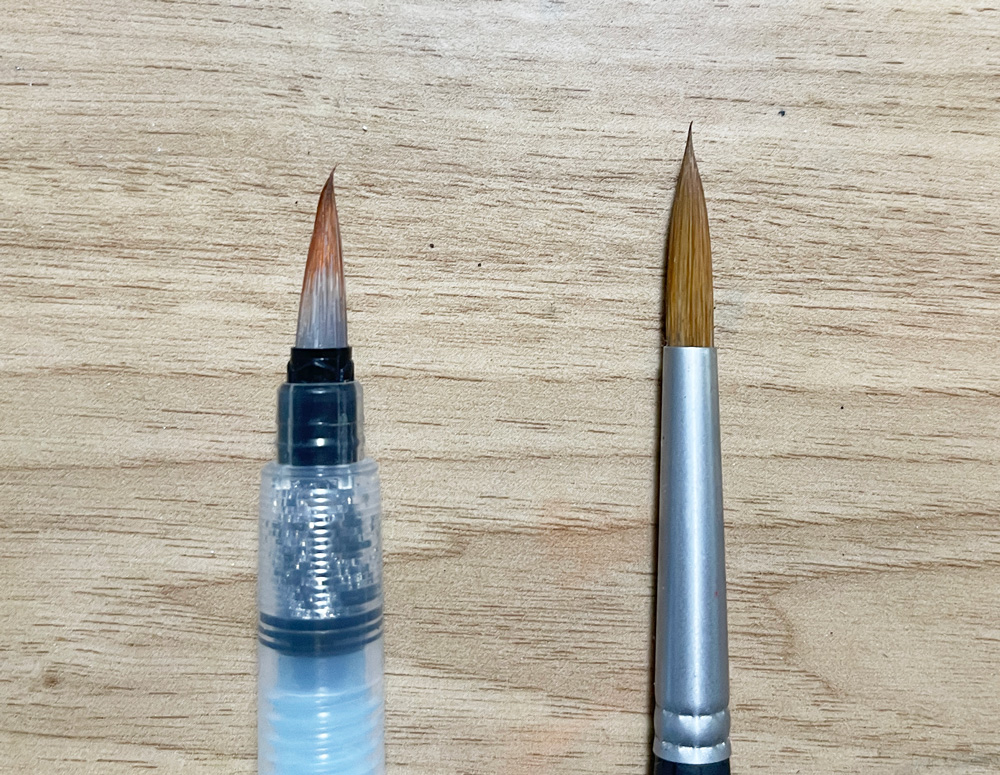
There is no doubt that a normal round brush with synthetic bristles is much nicer and easier to use than a water brush. The bristles themselves, the shape, the spring, and the ability to hold a point differ from a normal brush.
Although I’ve used a round brush in the past, in recent years I’ve mainly used the dagger. And so moving back to a round brush shape has been a big adjustment!
I miss the dagger shape – the ability to draw with a fine edge and rotate for large side strokes but also the varied marks it marks because the bristles are different lengths. As I’m always looking to create expressive marks and lots of interesting watercolour texture the dagger is the perfect brush shape for me. Ah, I miss it so much!
So I’m finding my brushstrokes a bit ‘blah’ at the moment – something to work on in the coming days and weeks. 🙂
But so far so good – I’m loving this challenge of using a water brush! And I’m already happier with my results than I was expecting.
Stay tuned for more water brush adventures and thoughts!
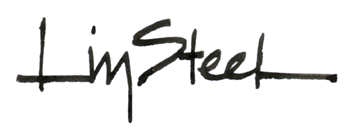
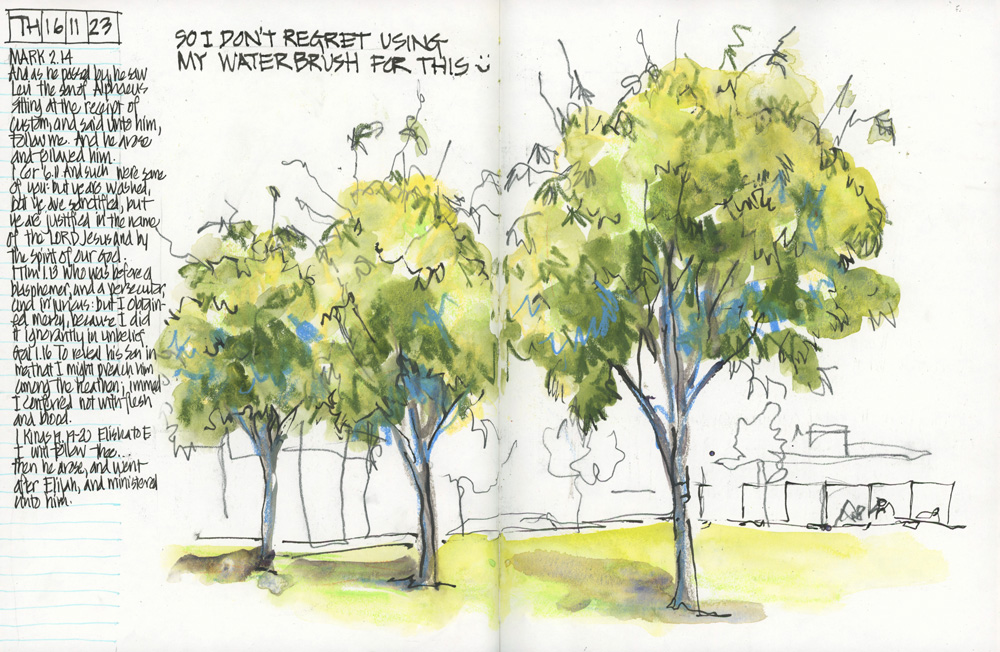
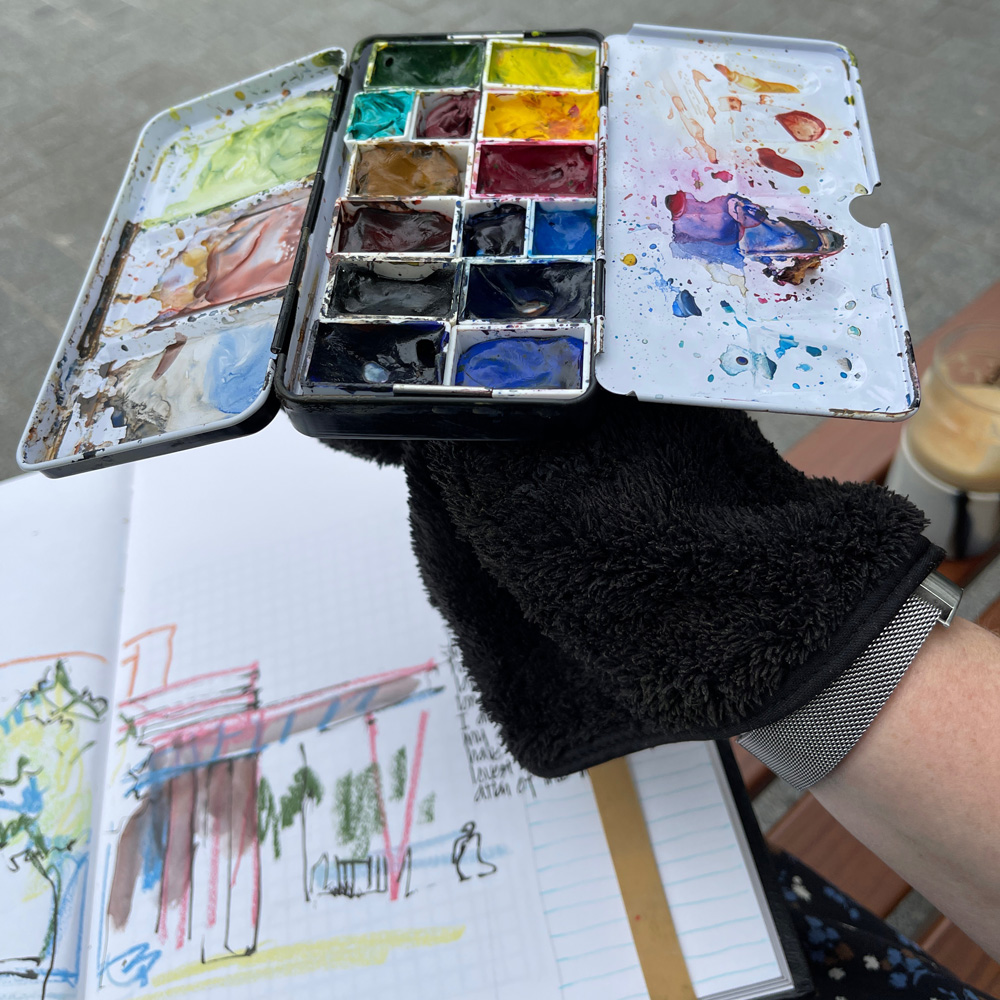
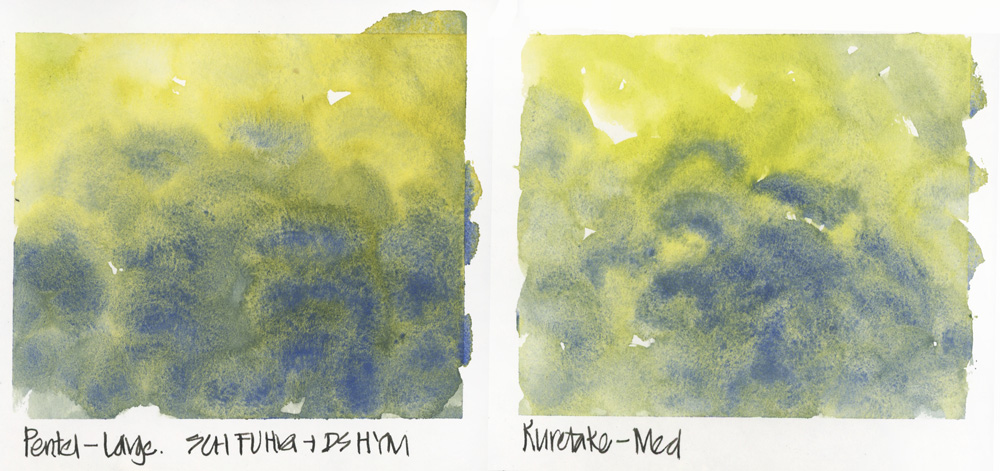
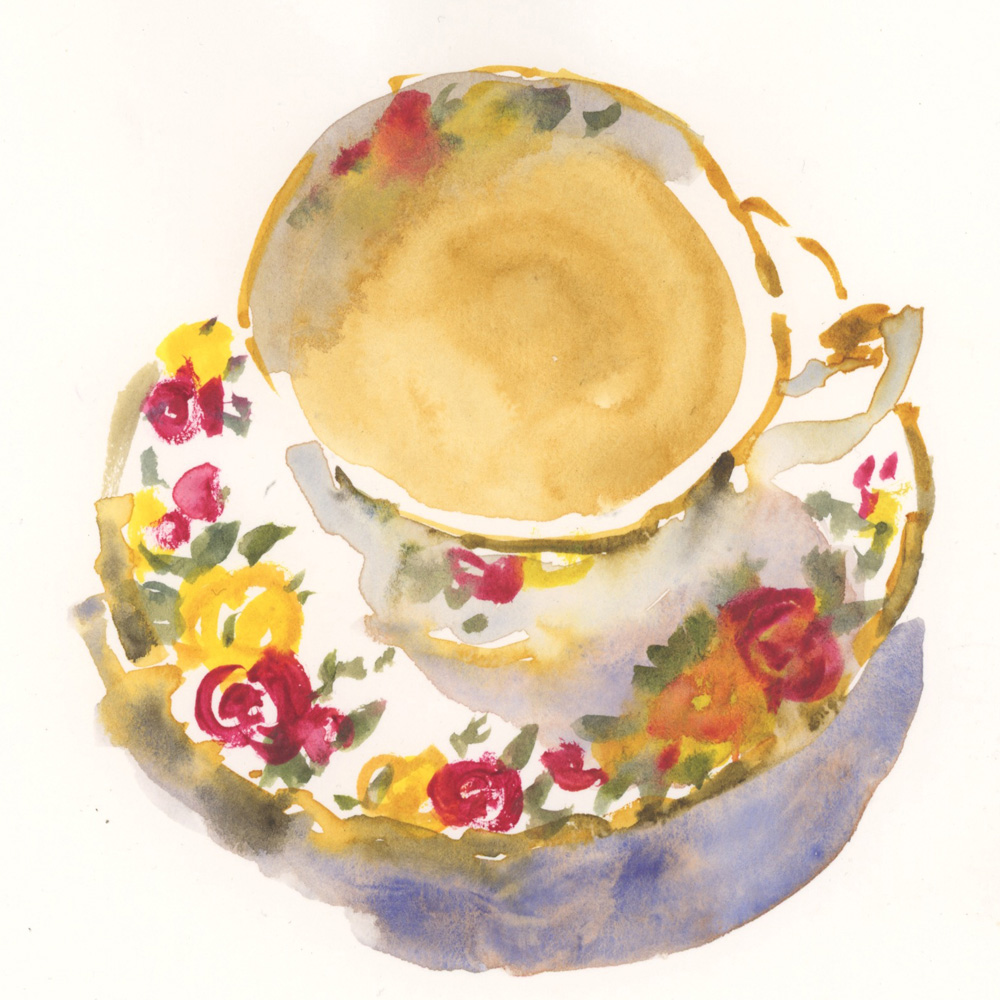
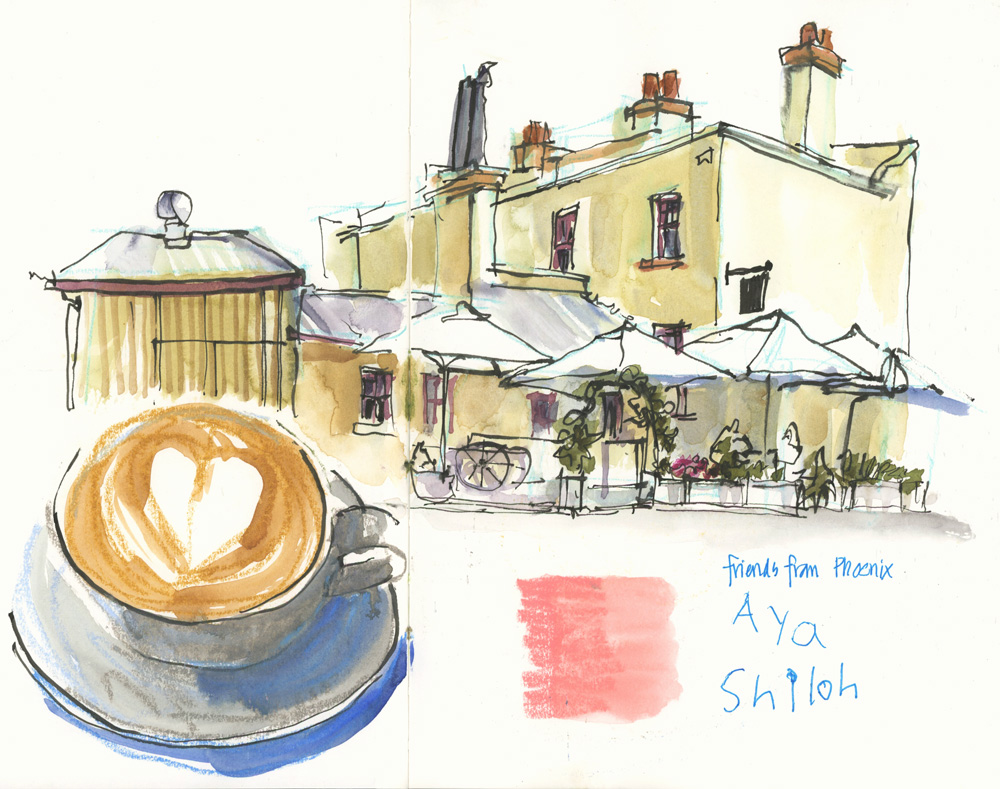
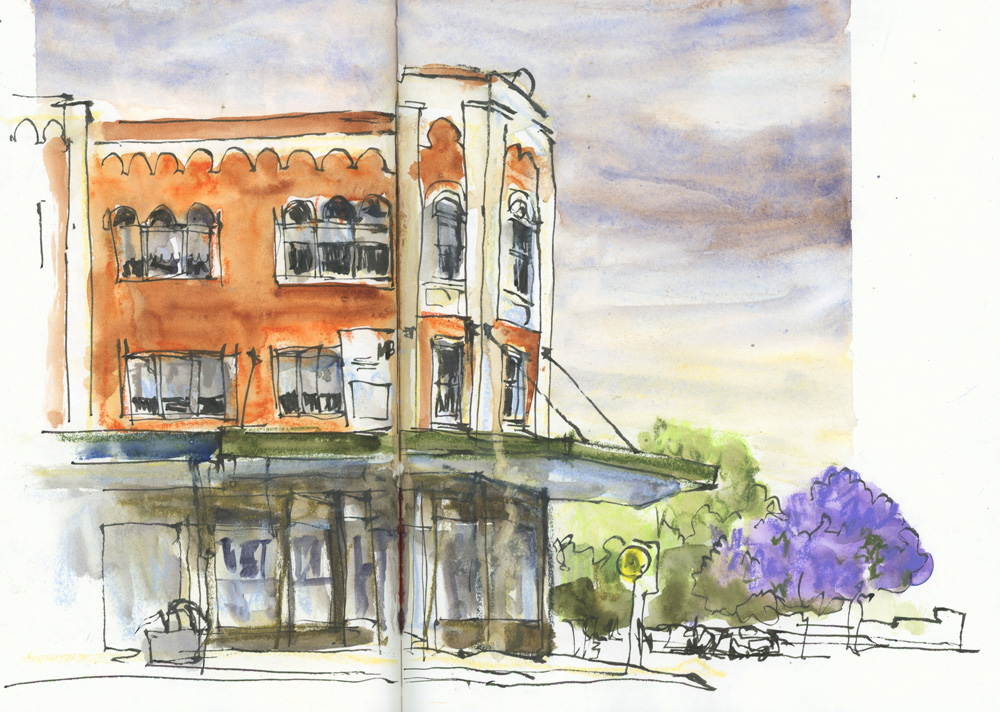
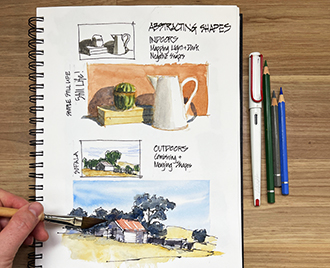

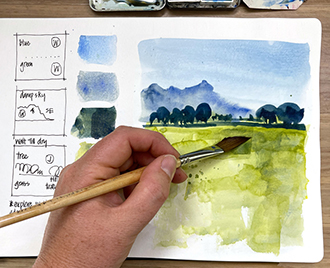

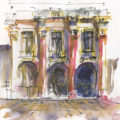
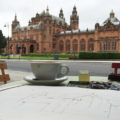
8 Comments
always interesting to follow your tests. I use a terry cloth fitness bracelet for urban sketching, which is available as a set. They are thick enough that you can wipe off more water and are easy to wash out if they get too dirty over time
Hi Dagmar – thanks for sharing! I used to use something similar but mine got wet too quickly and took ages to dry when I was travelling. Glad it’s working for you!
I wish there were some better options for water brushes like offering a dagger brush and even having brush fibers that were closer to a synthetic brush. Water brushes haven’t changed much over the years and with the popularity of urban sketching, it seems there should be better options than just a fully plastic brush in a round or flat shape.
Hi Terri – yes I wish that too!!! 🙂
Very interesting to read about your waterbrush experiments! Even though it’s not ideal, I continue to use waterbrushes for their convenience in the field. By the way, you can hack your own “dagger” waterbrush as I did! 😉 OK, it’s not great, but it’s better than I thought it would be! I can get quite a bit of line variation… but the marks aren’t the prettiest!
https://tina-koyama.blogspot.com/2023/07/waterbrush-hack.html
Hi Tina – ha! I already did the same thing last week and cut a flat water brush just as you did. 🙂
It’s not a true dagger as the angled edge is thick and not razor thin. Will share more about it in a future update 🙂
Great tips for using the Waterbrush on location.
Thanks Jamie – I’m still finding it hard to get consistent results out on location – more coming!
NEWSLETTER
Subscribe for first notification of workshop + online classes and more.